ABERFOYLE - GLEN INNES. Exploring the highlands and hidden features in NSW.
- Woolgoolgaoffroad
- Mar 29
- 5 min read
The Great Dividing Range, which travels the seaboard's length, has many diverse and unique pockets along its 3,500km system with many plateaus, mountain ranges and deep gorges. Running parallel to the coast, there are many places where the mountains meet the sea, and it's the fifth-longest continuous mountain range in the world.

This creates waterways on either side of the range, which is our country's lifeblood, but also leaves impressive swamp areas, vast plains and lowlands, created from massive upheavals during the volcanic era around 270 million years ago, near Ebor NSW.
One of my favourite areas to explore is 90mins west of Coffs Harbour on the NSW north coast which is known for its dramatic gorges, waterfalls & landscapes with granite outcrops. My starting point was the little hamlet of Ebor which is surrounded by world heritage areas, multiple National parks, walking trails and some of the best waterfalls you’ll find.

While there’s not much in Ebor itself, it's an essential stopover when passing through to stretch the legs at Ebor Falls just a few minutes out of town. This twin drop falls flows north into the ruggered Guy Fawkes NP and eventually flows into the Clarence River system over 100km away. Around the falls, National Parks have upgraded the viewing points, walking trails and amenities. Columns of Basalt rock line part of waterfall cliffs that are 115 metres high that were part of the volcanic push.

Nearby, Cathedral Rock NP has great isolated camping but also for the adventurous you can hike into the park and climb massive Granite tors where from the top you’ll have unrelentless 360’ views across the dry eucalyptus forests and other outcrops. It's classed as a medium to hard track so make sure you're prepared, and pick your season as the coldest recorded out here has been -7.

From the top of the granite tors, Round Mountain can be seen and with an elevation of 1586m, it is the highest peak outside the snowy mountains. With an abundance of wildlife, threatened plant species and peaceful camping Cathedral is a special place to visit.

An hour's drive away is Point Lookout which is in the New England National Park and on a good day the Pacific Ocean 60km away, can be seen. Around the escarpment, there are plenty of walking tracks to keep you busy for days and from the main lookout, the weathered-down rim of the extinct Ebor volcano can be spotted.

This section of the New England NP defines which way water runs into different catchment areas along the coast and inland. On a good day, there’s plenty of wildlife around with eastern grey kangaroos, possums, the quiet spotted-tail quoll, shy superb lyrebirds, cuckoos and kookaburras.
After soaking up the natural attractions around Ebor, I headed 38km west to Aberfoyle. Now Aberfoyle is just a locality named after a cattle station in the area that you pass through heading up along Nowlands Road and being a working station stock wanders beside and often on the road.

It was not long before I came to Wards Mistake where the rumour goes that it was named after bushranger, Captain Thunderbolt ( aka Fred Ward ) who roamed this section of the tablelands. One of the stories is that either Fred or his brother was shot by a trooper and upon taking the body back, the mistake was made that it wasn’t Fred.

The New England area has always been known for its pastoral areas from the day it was explored by John Oxley in the 1880’s. Gold was found in these areas and back in 1889, Kookabookra was settled on the banks of the Sara River. Lasting only 5 years, there were over 300 miners searching for gold in the nearby Bear Hill mine and other smaller claims.
Today fossickers come to the area to search for gems such as topaz, quartz crystals and sapphires. Kookabookra boomed in such a short time with a hotel, butchery, Port office and even a police station to control claim jumpers. Sadly today there are no streets left, no buildings, not even a sign suggesting what was there. The miners and shopkeepers just moved on to the next new mining area.

Most roads up along this part of the New England area are just nice touring dirt roads, but there are a couple of side shoot-offs to explore. To the east is London Bridge State Forest where the tracks narrow down and head out to the top of the Guy Fawkes wilderness area. Nothing too hard, just nice easy fun exploring the array of tracks and into Moggs Swamp.
West of Kookabookra is Warra National Park, which covers 2040 hectares. It’s a small beautiful park where you can camp down on what is known as “The Green”, take a walk down to the Sara River to swim in its cool water and soak up the park's serenity.
Granite outcrops shadow the valleys of Warra and there are significant flora and fauna specimens that are being protected in the park.

Leaving Warra and the scenic tracks I headed further north and jumped onto Oakwood Trail. I’ve been out here before to explore and this time didn’t disappoint with several deep creek crossings, rutty and rocky hills, and where passing through farms you’ll need to leave the gates as you find them.
Oakwood is only 20km long, but because it's not a frequently driven track and not maintained, it's a good 4WD diversion for a couple of hours. The track ends on Pretty Gully Road and at Pinkett, just a locality and a sports oval for day users.

Fertile pastoral properties soon give way to the busy town of Glen Innes, just 30km away. Known for its Celtic festivals, cool climate living and part of the fossickers way, Glen Innes is also surrounded by world heritage National Parks and amazing lush rolling hills. Now while there’s no hard 4wding around this area, sometimes it's nice to sit back and explore a region's little secrets so close to home.
WHERE TO GO
The New England area covers a huge 98,500 square kilometres across the Great Dividing Range of NSW. The Aberfoyle area is located on the eastern side between Armidale and Glen Innes with Ebor at the far eastern boundary, with Ebor a good 90-minute drive from the coastal rush of Coffs Harbour.
WHAT TO EXPECT
Exploring this rich region with its diverse range of flora and fauna is just the start. From Ebor, there are the remnants of an ancient volcano, view the stunning Ebor Falls and then finish it off with a cool beer at the Ebor pub.
For the adventurers on foot just out of Ebor is Cathedral Rock, where you can climb some of the 270 million-year-old granite boulders that are a scramble to get to the top and over 1km long. Nearby is Round Mountain which is the highest peak in New England at 1584m above sea level and the highest this side of the Snowy Mountains.

The Aberfoyle Track follows ridge lines that are over 1000m above sea level where you can explore fossicking grounds, camp in pristine areas and admire old-growth forests. If the season is right, wildflowers cover the paddocks and where huge granite boulders stand and are slowly wearing down year after year.
OTHER INFO
The Aberfoyle track consists of designated sign-posted roads that pass through farms, state forests and the side diversion to Warra NP and are generally open most of the year. Weather conditions dominate the area, so the best times would be spring or early summer. The winters through this area can produce snow and temperatures don’t rise above freezing. Jump across to the relevant authority websites to find out road conditions, or call the Ebor pub on 0267 759 155.












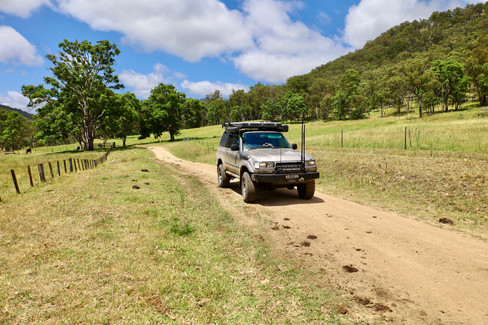















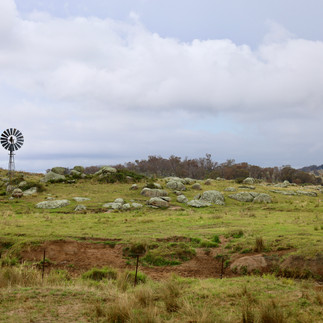




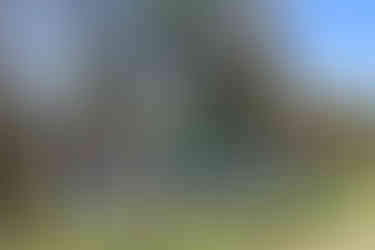




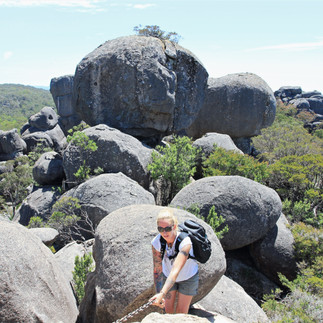
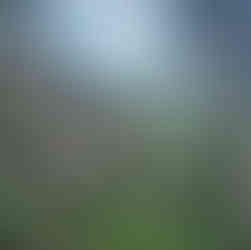
















Comments